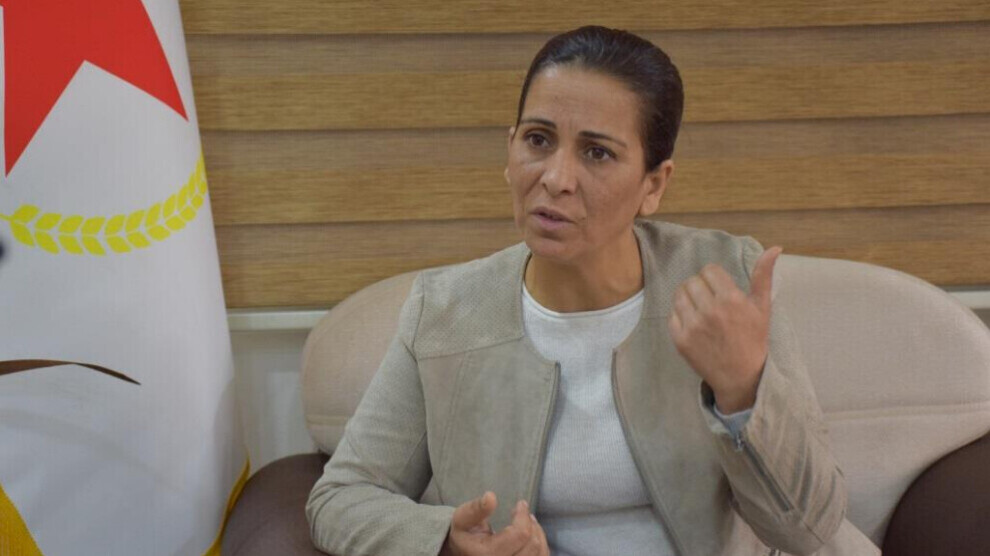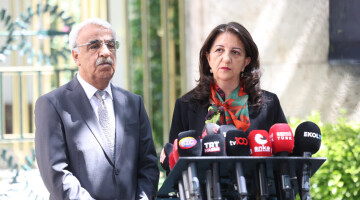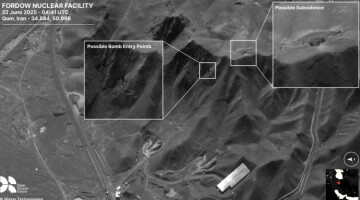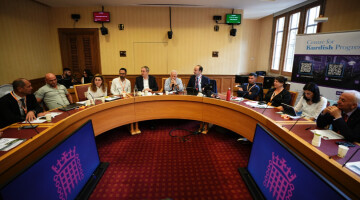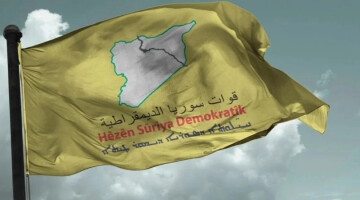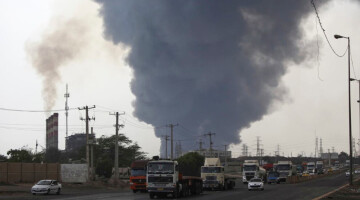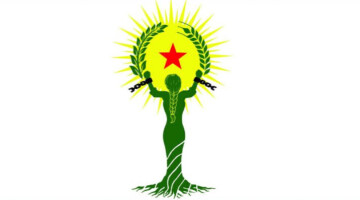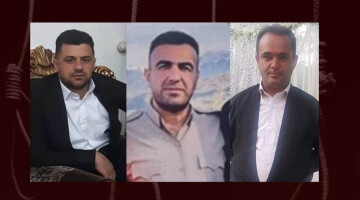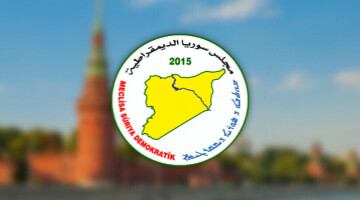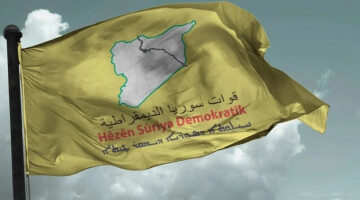Attacks are expected in the autonomous region of Northern and Eastern Syria this year. The PYD chair, Ayşe Hiso, talked to ANF about why the attacks on Kobanê in particular were intended to eliminate the Rojava revolution. At the end of December, six activists were killed in a drone attack targeting the Syrian Revolutionary Youth Movement. On Saturday, more artillery attacks were carried out on villages in the canton of Kobanê. One civilian was killed and 11 people were injured, including several young children. A four-year-old had a leg amputated.
With its attacks on Rojava, the Turkish state did not achieve the success it had hoped for. The entire region is a permanent target. Kobanê ,in particular, is the focus of aggression. How should these attacks be assessed and what is the response of the population of Kobanê?
The Turkish state carried out a massacre in Kobanê on 25 December. The attack was directed at young people and must be seen in the context of the other attacks on Northern and Eastern Syria. Civilians, including Yusîf Gulo and his family, who are known throughout Rojava, had previously been targeted and attacked.
This aggression corresponds to the reaction of the Turkish state to the revolution in Rojava, which has now spread to the areas of northeast Syria. The Islamic State was one of the most important projects for the Turkish government. Kobanê is the symbol of the Rojava Revolution and it is there that the Islamic State’s decline began. This is unbearable for the Turkish state, it has always felt great anger at Kobanê and carried out attacks at every opportunity.
One of the goals of the Turkish state is to destabilize the region. The population should be constantly intimidated and unable to leave in peace. The people of Kobanê are aware of this policy and constantly express their anger about it with mass demonstrations.
North and East Syria is not only exposed to occupation attacks, but is also heavily besieged. How do you assess the fact that parties like the KDP also take part in the siege?
The embargo is increasingly being intensified from Rojava to Maxmur. That is a very important point. It is alleged that an action by the youth movement led to the closure of the Sêmalka border crossing by the KDP. But that's just an excuse. The action at the border is a civil action that demands the handing over of the corpses of young Kurdish fallen soldiers.
The fact that the relatives are not given the corpses for burial is a problem in itself. Our people are protesting against it with actions. It was the KDP that attacked and provoked the young people. They then cited this as a reason to close the borders. In doing so, the KDP once again made it clear that it is taking part in the siege policy.
All these events are not independent of the Astana talks. Although they used this as a justification, it would be more accurate to evaluate it as the implementation, by the KDP, of the political decisions taken in Astana, which serve the interests of the Turkish Republic.
2021 began with intense attacks on Rojava. The new year has begun in the same way. What will 2022 be like for Rojava?
For Rojava, 2021 was a year of unparalleled resistance to a massive wave of attacks. Great changes have taken place not only in Rojava, but worldwide. The Autonomous Administration in northeast Syria has developed despite the circumstances. Our system has become more established and a process is taking place in which this system is increasingly recognized at international level and the existing shortcomings are addressed.
It is already clear that 2022 will be an even more intense and important year. It is already evident that we will be confronted with massive occupation attacks and special war measures. It is just as certain, however, that there will be resistance to this. For us it will be a year of struggle in which we protect and maintain our system in spite of the aggressive politics.
2022 will also be an important year for the Autonomous Administration. The decisive factor will be whether there is the necessary strength for a permanent stabilization of this system and a solution to the existing problems. Our goal is a radical struggle against the increasing aggression of the special war policy and the international recognition of our Autonomous Administration model. In this sense, I believe that 2022 will be a year of struggle and hard work.

